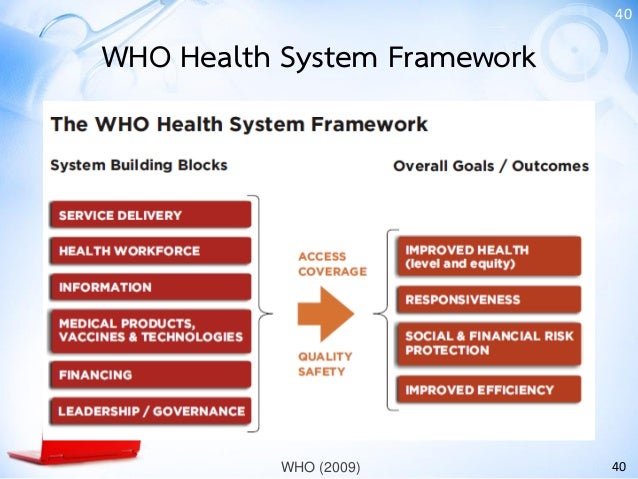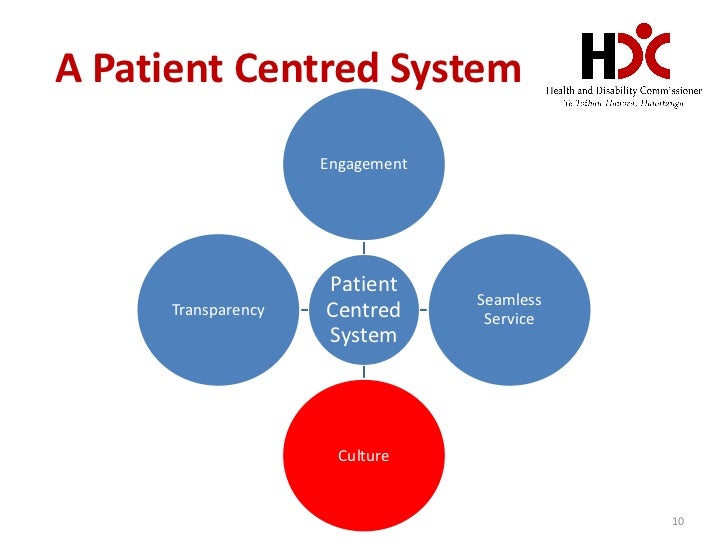Patient-centeredinformationsystems augment traditional approaches to health information management with specific functions designed to support patient participation in health care decision making and treatment activities. in addition to computer-based record systems and business management applica. Patient-centeredcare (pcc) as “care that is respectful of and responsive to individual patient preferences, needs and values,” ensuring that patient values guide all clinical decisions. 1 the institute of medicine has recognized pcc as one of six major domains of health care quality. while the health care. Patient-centered care (pcc) as “care that is respectful of and responsive to individual patient preferences, needs and values,” ensuring that patient values guide all clinical decisions. 1 the institute of medicine has recognized pcc as one of six major domains of health care quality. while the health care. Target population: general summary: the use of health information technology (it) has been promoted as having tremendous promise for improving the efficiency, cost-effectiveness, quality, and safety of medical care delivery in our nation's health care system. health it can support patient care-related activities such as order communications, results reporting, care planning, and clinical or.

Health information management provides a balance between the number-crunching side of healthcare and the growing demand to provide optimum care for every patient. with industry reform stemming from the affordable care act, advances in electronic record keeping and increased concern for data security, health information management has become vital to both the functionality of a healthcare. Improve patient safety, reduce medical errors, and ensure patient-centered care delivery (patient protection and affordable care act of 2010). the office of the national coordinator (onc) for health information technology established 62 regional extension centers in 2010 to provide. Among the common elements of effective patient-centered care plans: the health system’s mission, vision, values, leadership, and quality-improvement drivers are aligned to patient-centered goals. care is collaborative, coordinated, and accessible. the right care is provided at the right time and the right place. Kaiser permanente offers healthcare options for individuals living or working in a handful of states. check out this guide to determine which states have kaiser health care and what your benefits are when traveling in the us and internation.
What Is The Impact Of Informatics In Health Care
Enabling Patientcentered Care Through Health Information
B. patient-centered care. integrating ahealthinformationsystem (his) impacts patient-centered care by engaging the patient in their own health status, which guides them to make a better decision (mastrian & mcgonigle, 2017). for example, at long beach memorial, all patients can access their health information via memorialcare health portal called mychart. leadership practices, leading a diverse workforce, and quality patient-centered care in a hospital, healthcare system, or medical practice learn more health information management master of science enhance leadership, critical thinking
Technology is rapidly improving and changing every aspect of the world, including health care. the same changes that led to huge improvements in fields like business or the sciences have also made treating patients easier and more effective. Summary: the use of health information technology (it) has been promoted as having tremendous promise for improving the efficiency, cost-effectiveness, quality, and safety of medical care delivery in our nation's health care system. health it can support patient care-related activities such as order communications, results reporting, care planning, and clinical or health documentation. Healthinformation exchanges (hies) are connecting nationwide to seamlessly deliver patient health information across state lines and across health systems, improving the patient experience by making health information available whenever and wherever care occurs.
Patientcentered Information Systems

A vision for a person-centered health information system.
Introduction the person-centered health information system (pchis) of the future leverages information technology enhanced by artificial intelligence (ai) to support better, safer, and more affordable health care. the vision presented in this paper describes a system that has less cognitive and administrative burden than current systems and that provides seamless usability for patients and the. Health informatics, particularly advances in technology, has the potential to facilitate, or detract from, patient-centered cancer care. informatics can provide a mechanism for patients to provide their clinician(s) with critical information and to share information with family, friends, and other patients. Figure. potential functionalities health centered care patient information systems and for a patient-centered health information system level functionality 5 1 collect patient information, such as self-reported demographic and risk factor information (health behaviors, symptoms, diagnoses, and medications) 2 integrate patient information with clinical information through.
Characteristics of patient-centered care. patient-centric healthcare can be difficult to describe. there is not much evidence to define just what types of healthcare or health it systems positively impact patients and engage them in their care, rein says. however, three characteristics of patient-centric care have emerged.
The Role Of Informatics In Promoting Patientcentered Care
Effective use of communication and technology by health care and public health professionals can bring about an age of patientand public-centered health information and services. 1,2 by strategically combining health it tools and effective health communication processes, there is the potential to: improve health care quality and safety. The electronic patient record has become an important aspect in the information workflow, and health centered care patient information systems and using information technology will result in improving patient outcome quality and efficiency. patient documentation is a vital skill in communicating the patient's condition and organizing their care according to the patient's needs. Your health is more important than anything else. a healthy person can keep earning money so always put your health ahead of your financial needs. don't make the mistake of thinking that you're too young to consider your health care needs.
Africa’s total health centered care patient information systems and number of confirmed coronavirus cases has surpassed 800,000, according to the africa centers for disease control and prevention. more than half of those cases are in south africa, which has implemented rigorous testing, but i. Patient-centered care is an important aspect of high-quality care. health informatics, particularly advances in technology, has the potential to facilitate, or detract from, patient-centered cancer care. informatics can provide a mechanism for patients to provide their clinician(s) with critical information and to share information with family, friends, and other patients.
The right balance –technology and patient care.
Abstract. patient-centered information systems augment traditional approaches to health information management with specific functions designed to support patient participation in health care decision making and treatment activities. in addition to computer-based record systems and business management applications, patient-centered information systems must include functionality that support communication between clinician and patient, and that provide information and peer support in a timely. orthodontics residency program osteopathic manipulation health centered care patient information systems and medicine surgery allied health professionals sbh research new york medical journal nursing education podcast about contact contact info our locations new york's 1 hospital for quality in primary care * our drive to patient centered excellence we strive to be the healthcare system of choice in the bronx leading the way
Receiving public medical assistance in minnesota means those who are residents will have access to quality and affordable care. not only does this include coverage for medical but also reproductive and mental health. under some circumstance. Figure. electronic health records (ehrs) are consistently used by external organizations to track the quality of care provided based on the information documented in the medical record, which affects hospital accreditation and reimbursement. 1 however, there's concern that technology may cause some patients to feel as if nurses and other practitioners are documenting for the institution. If you feel like you are unable to care for your elderly loved ones on your own or want to enable them to stay at home as long as possible, you should explore home health care. here's what you need to know about the costs of home health car. A needs assessment of health information technology for improving care coordination in three leading patient-centered medical homes 21 march 2015 journal of the american medical informatics.